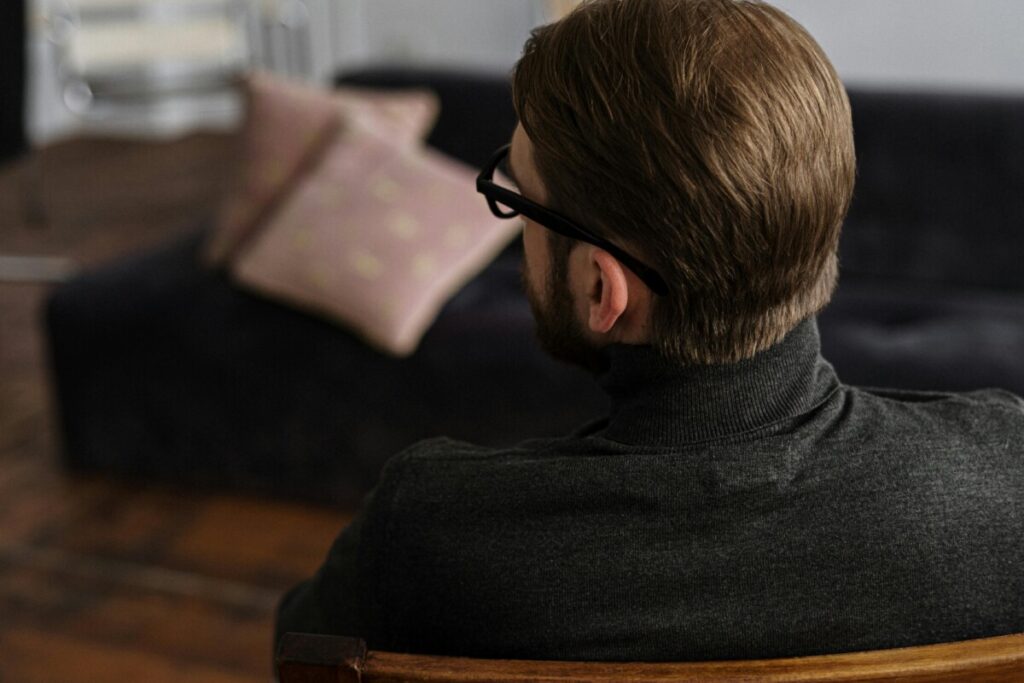Mental Health and Wellness: Addressing the Modern Crisis

As someone who has watched mental health go from a whispered topic to a global conversation, I’ve come to understand just how vital emotional well-being is to a meaningful life. Today, you’re bombarded with information, constantly connected online, and expected to keep up with a fast-paced world. These pressures—especially those created by social media, remote work, and growing societal expectations—are reshaping how we think and talk about mental health. In this article, I’ll walk you through the challenges we face, the debates surrounding stigma and awareness, and what solutions are emerging to protect your mental well-being.
https://c7623hr1-90uhz7bthpk2euoee.hop.clickbank.net
Key Takeaways
Mental health awareness is crucial to reducing stigma and improving access to care.
Social media, remote work, and modern lifestyles heavily influence your mental wellness.
Creating a healthier future depends on open dialogue, support systems, and tech-based solutions.
The Rise of Mental Health Awareness in a Digital World
Breaking the Silence
You’ve likely noticed mental health is discussed more openly than ever—especially on social media platforms. From influencers sharing therapy experiences to nonprofits running online campaigns, awareness is growing. This shift has helped normalize conversations around anxiety, depression, and stress-related disorders. However, while talking about mental health has become more acceptable, actual access to care often remains limited or costly.
Digital Exposure and Its Double-Edged Sword
Social media can be empowering—you can find support communities, helpful tips, and mental health resources. But it can also amplify feelings of inadequacy, loneliness, and burnout. Studies show that high usage of platforms like Instagram and TikTok is associated with increased anxiety and depression, especially in teens and young adults [placeholder citation].
The Need for Early Intervention
You live in a world where mental health struggles often begin young. According to recent data, over 50% of lifetime mental health conditions begin by age 14 [placeholder citation]. That means prevention, education, and open dialogue must start early—at home, in schools, and across online platforms.
https://c7623hr1-90uhz7bthpk2euoee.hop.clickbank.net
Challenging the Stigma: Why Mental Health Still Faces Resistance

Persistent Myths and Misunderstandings
Despite progress, you still face outdated stereotypes—mental illness is often viewed as a personal weakness or moral failing. These misconceptions discourage people from seeking help. Even within professional settings, discussing mental health can be perceived as a liability rather than a strength.
Cultural and Generational Barriers
Stigma isn’t just personal—it’s cultural. In some communities, mental health discussions are taboo, driven by fear, shame, or mistrust in medical systems. Older generations may dismiss therapy or psychiatric care, making it harder for you to open up without fear of judgment.
Shifting Attitudes Through Storytelling and Representation
You can help dismantle stigma by sharing personal experiences or amplifying voices that humanize mental illness. Celebrities, athletes, and public figures have begun discussing their struggles with mental health, helping to normalize therapy and psychiatric care. These stories bridge the gap between awareness and action, encouraging more people to seek support without fear of shame.
https://c7623hr1-90uhz7bthpk2euoee.hop.clickbank.net
Building a Resilient Future: Practical Solutions and Emerging Trends
Remote Work, Burnout, and Boundaries
With the rise of remote work, you may enjoy flexibility but also face blurred boundaries between work and rest. Without commute routines or face-to-face support, feelings of isolation can grow. Many companies are now incorporating wellness programs, mental health days, and hybrid schedules to support employee well-being.
Technology as a Tool for Healing
New tools are emerging to help you manage mental health. Mobile apps like Calm, Headspace, and BetterHelp offer meditation, therapy access, and self-guided care. These platforms are especially useful if you’re hesitant about traditional therapy or live in areas with few providers.
Education and Advocacy as Long-Term Solutions
You can advocate for systemic change by pushing for mental health education in schools, improved insurance coverage for therapy, and government support for community mental health centers. The more society invests in prevention and early intervention, the less likely individuals are to reach crisis points.
Conclusion
Mental health is not a side issue—it’s foundational to how you live, work, and relate to others. As I’ve explored throughout this article, the challenges are significant, but so are the solutions. Awareness is rising, stigma is being challenged, and technology is offering new tools for healing. If you continue to talk openly, support one another, and push for change, you’ll help shape a future where mental health is valued, protected, and prioritized.
https://fiscalfitnessflow.com/index.php/2025/06/26/7-easy-tips-to-bring-mindfulness-into-your-daily-routine/
https://www.ncbi.nlm.nih.gov/
FAQs
Q1: How does social media affect mental health?
Social media can be both helpful and harmful. While it offers community and resources, excessive use may contribute to anxiety, depression, and feelings of inadequacy—especially when users compare themselves to curated online personas.
Q2: What are some signs I may need mental health support?
If you’re feeling persistently sad, anxious, overwhelmed, or disengaged from daily activities, it may be time to seek help. Difficulty sleeping, changes in appetite, or constant fatigue are also warning signs that shouldn’t be ignored.
Q3: Are mental health apps effective?
Yes, when used consistently, mental health apps can provide valuable support. They’re particularly helpful for tracking mood, practicing mindfulness, and offering guided exercises. However, they’re best used as a supplement—not a replacement—for professional care.





